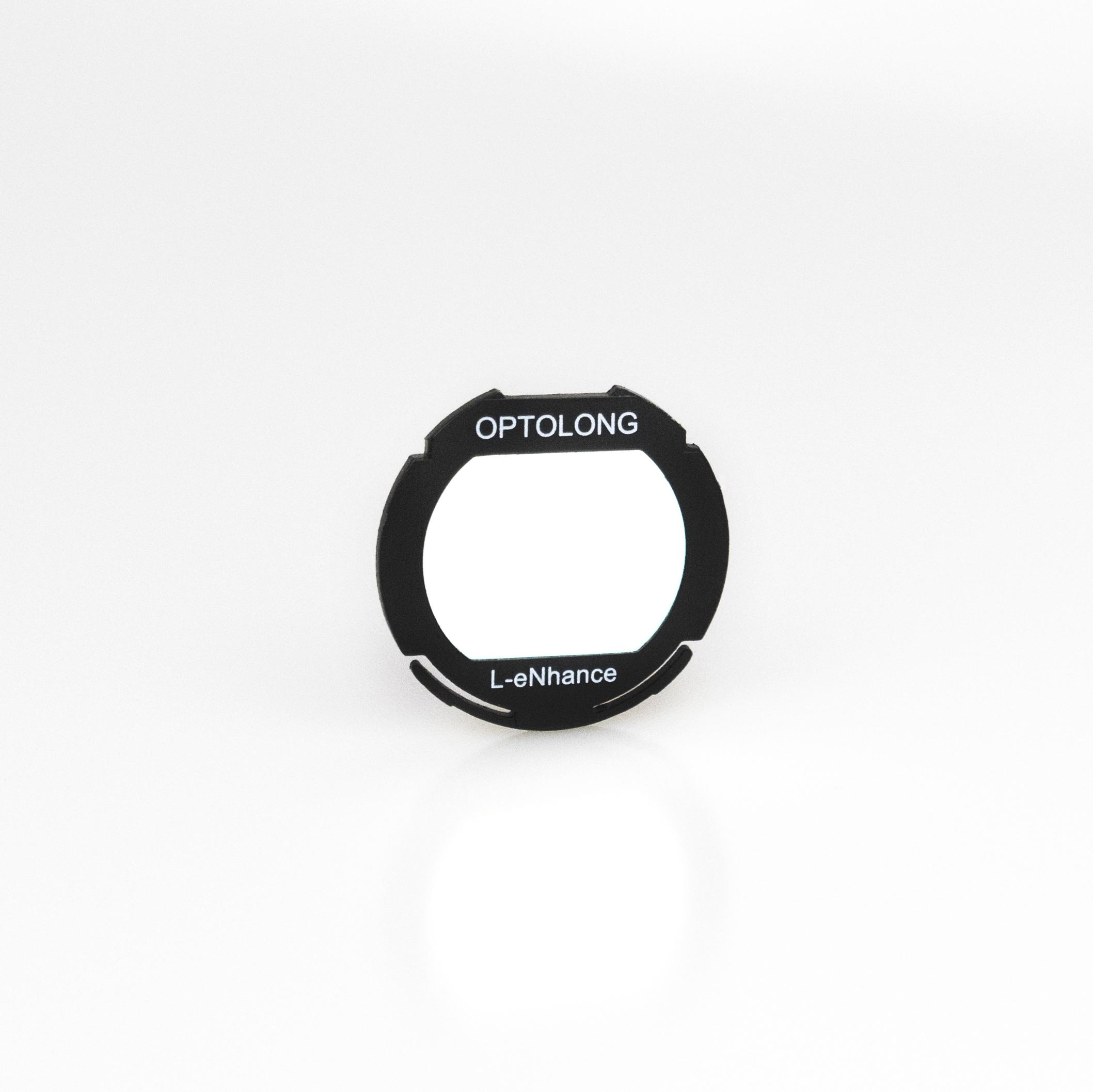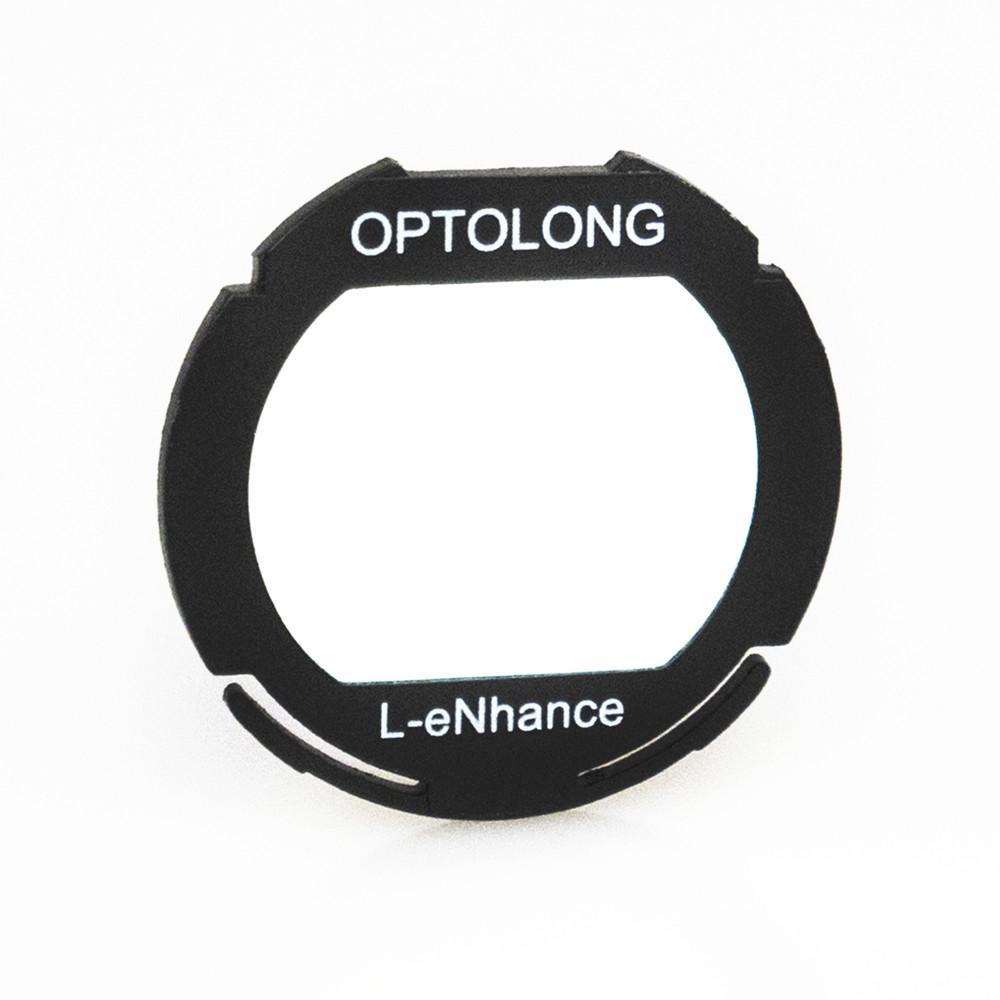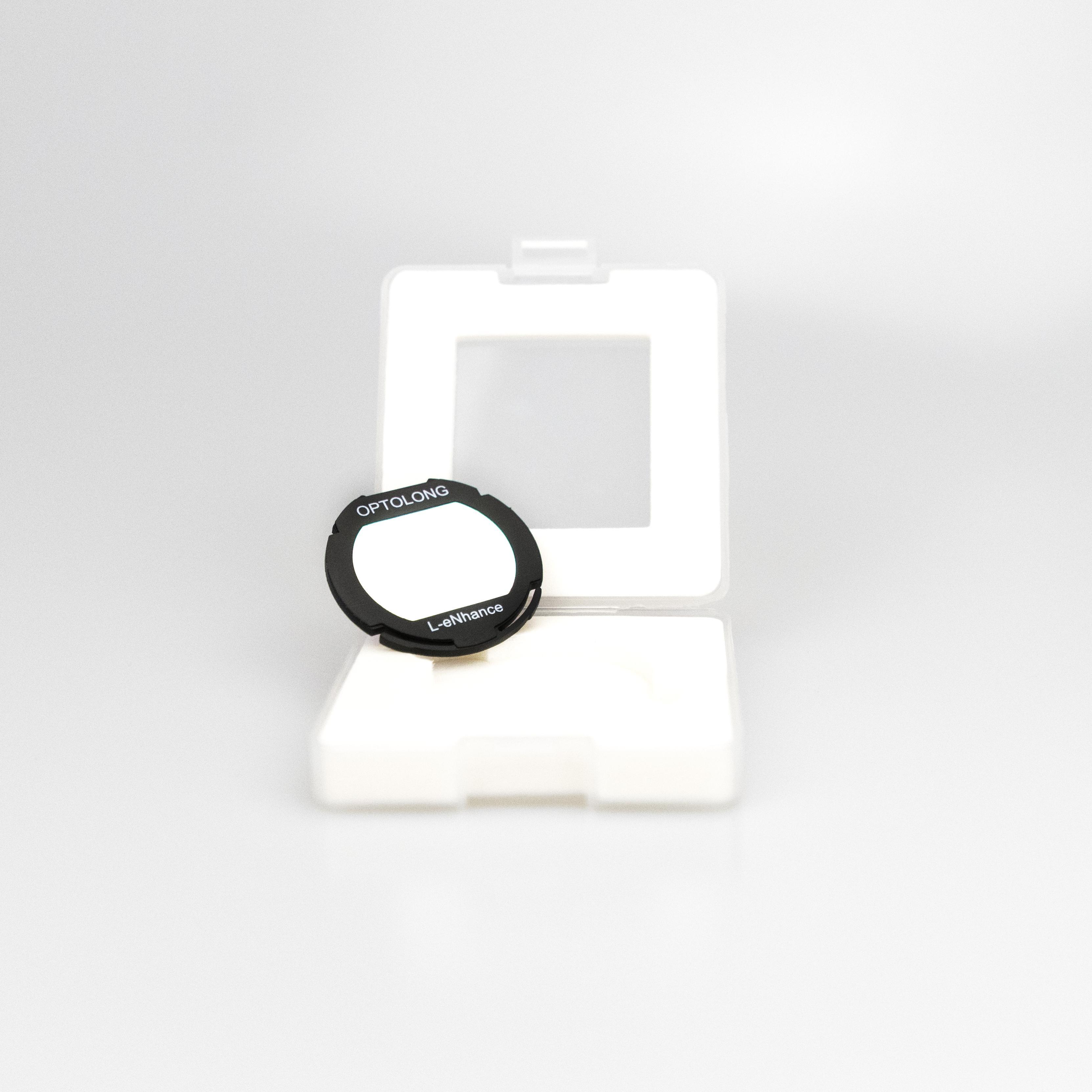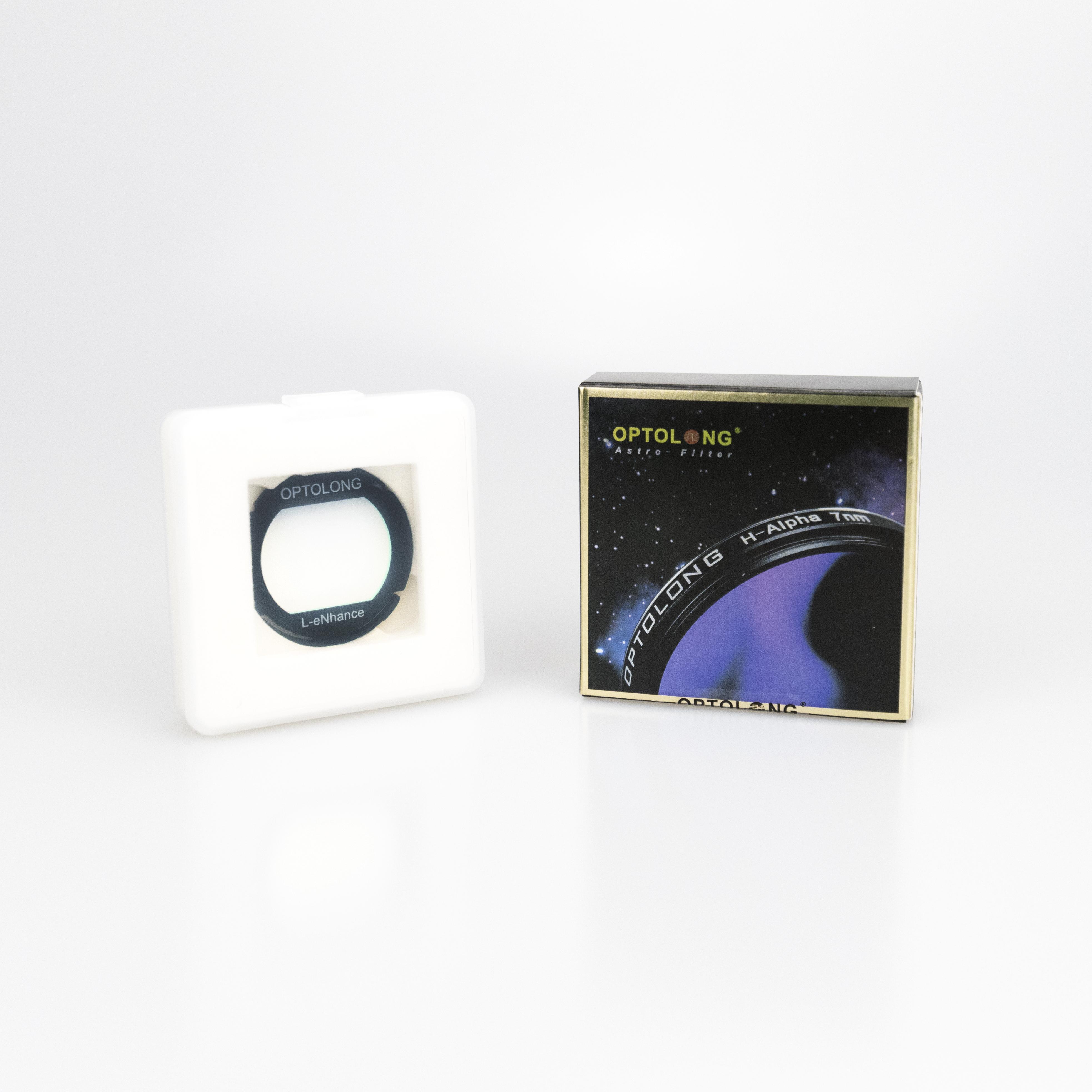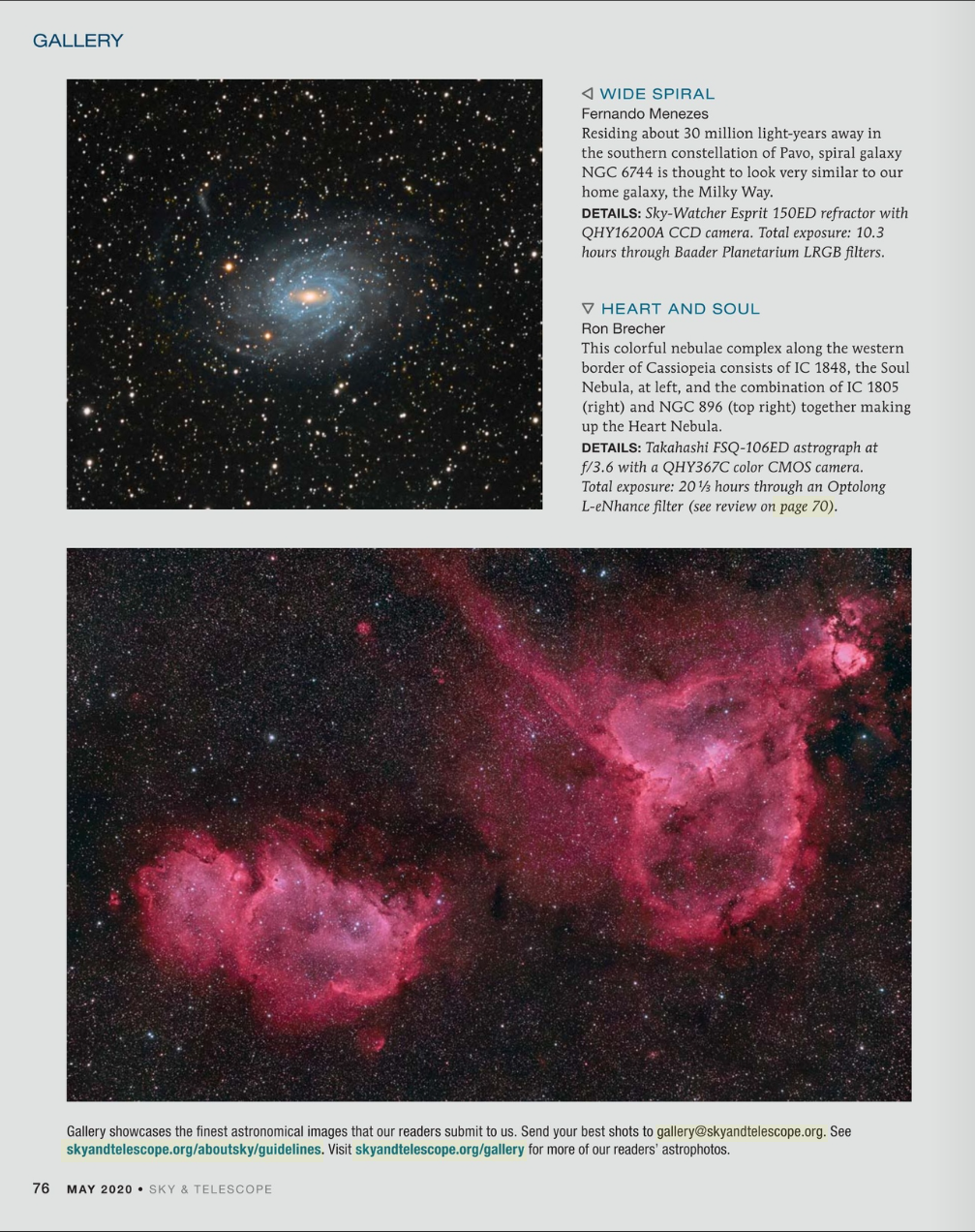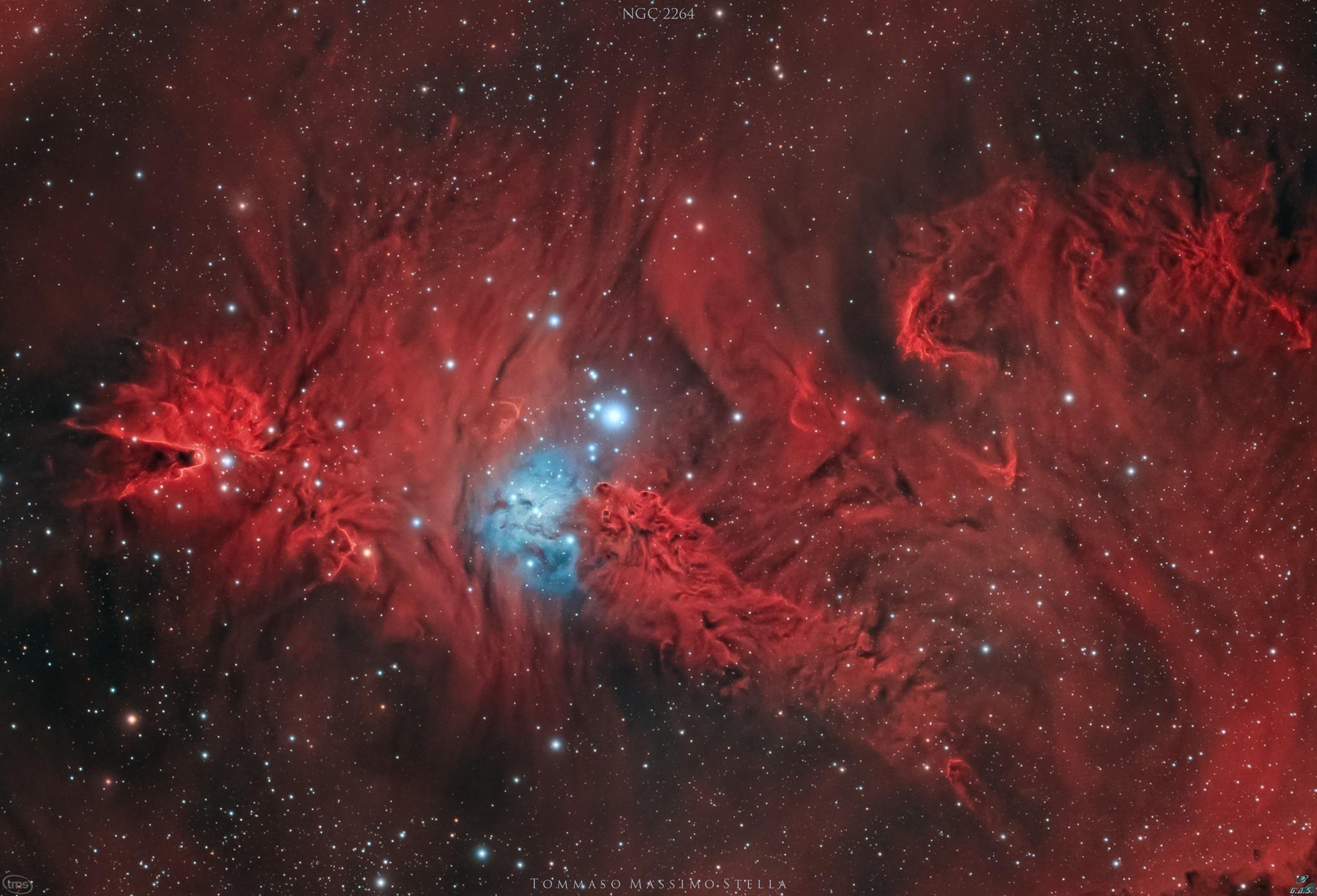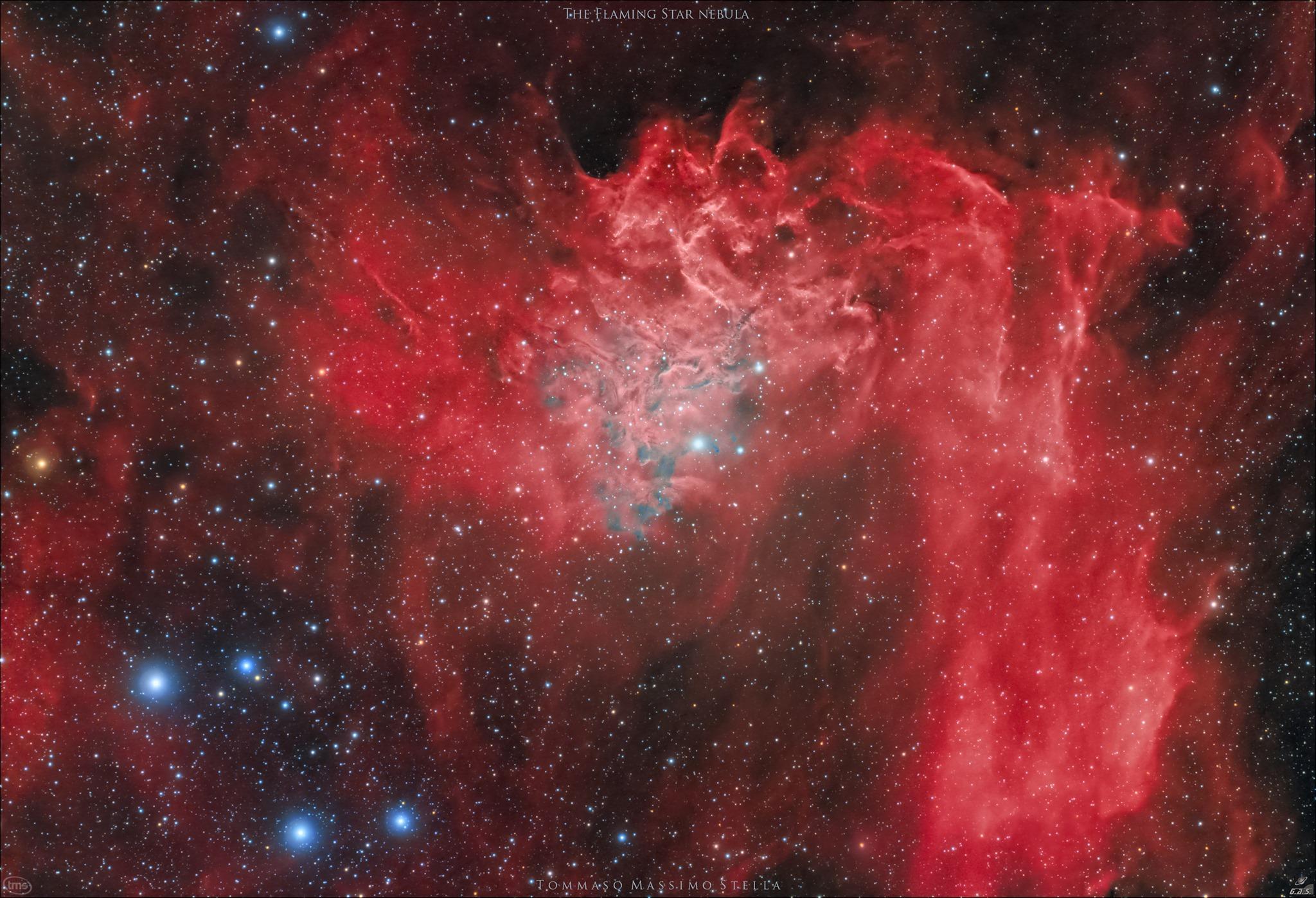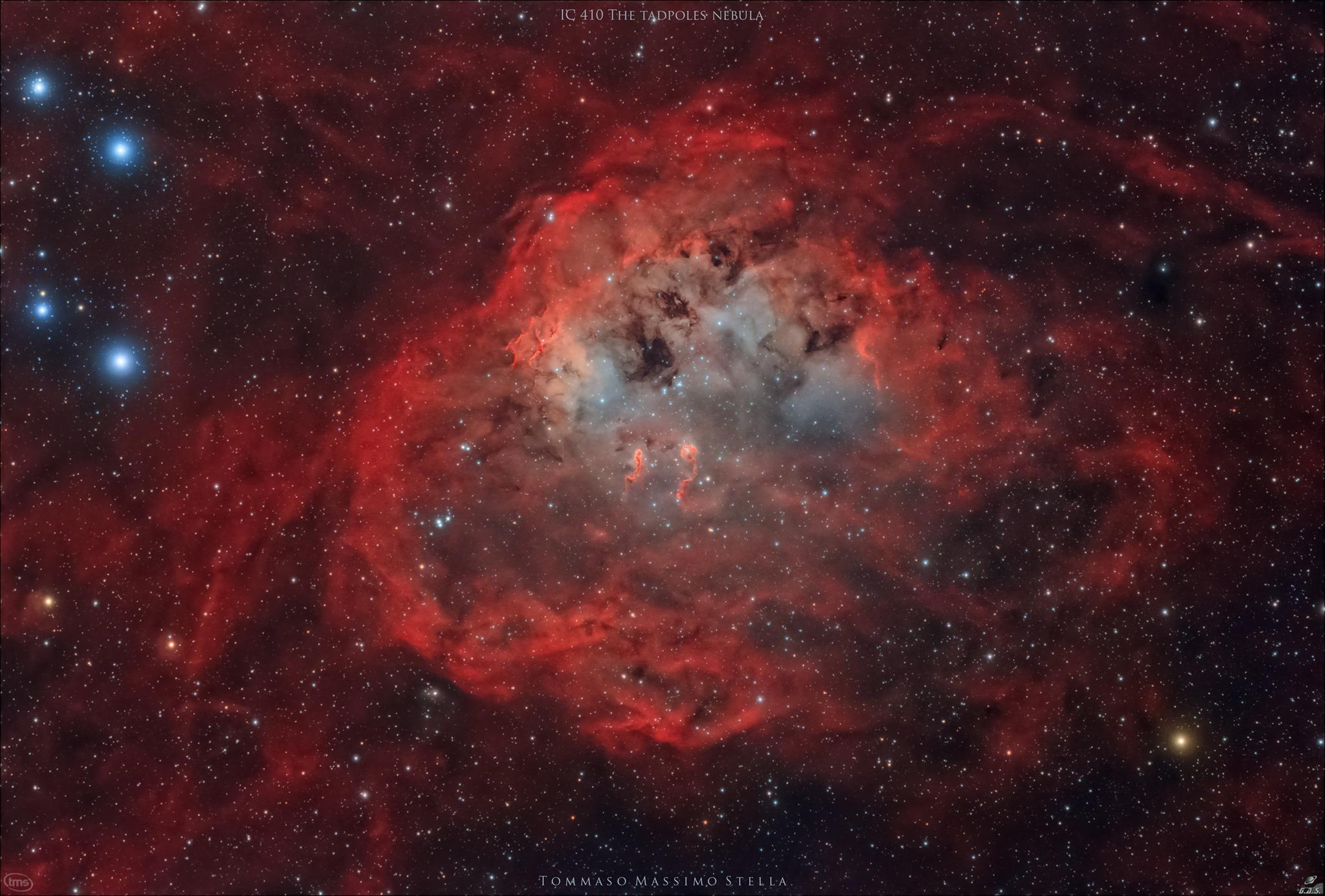-
Description
-
Specification
1. L-eNhance Introduction
The relentless spread or urbanization and its associated light pollution have become a growing problem for all amateur astro photographers. The current solutions to the problem can be expensive and might include the purchase of a monochrome camera, several types of narrowband filters and a filter wheel.
Optolong L-eNhance provides an economical and practical solution for amateurs. It is a dual-band pass filter which has been designed for DSLR (digital SLR), color CMOS and monochrome CCD cameras. The convenience and cost effectiveness of this filter allows amateurs to image a rich selection of astronomical images, even in bright, heavily light-polluted areas. Optolong believes the design of our L-eNhance filter is a technical innovation among filters. It effectively isolates the H-Alpha, H-Beta, and Oxygen III nebula emission lines and achieves a maximum transmission of up to 90%. The performance of this filter delivers images that superbly control the impact from light polluted skies.
Hydrogen is the largest, the most primitive, the simplest, and the oldest element in the universe. Scientists consider that Hydrogen amounts to more than 90% of visible substance in space. Our sun is 5 billion years old, but so far hydrogen is still the key matter of nuclear fusion. While the sulfur element does not have much scientific significance, so keeping H and O is meaning for exploration of life.
Therefore, we highlight H-a, H-b, O3 and O2, and reduce the signal of sulfur.
2. L-eNhance Spectrum and Characteristic
Sbustrate: B270
Thickness: 1.85mm
Tpeak: T>90%
Blocking range: 300-1000nm
Blcoking depth: light pollution line blocking >99%
Surface quality: 60/40
Transmitted Wavefront RMS: λ/4
Parallelism: 30s
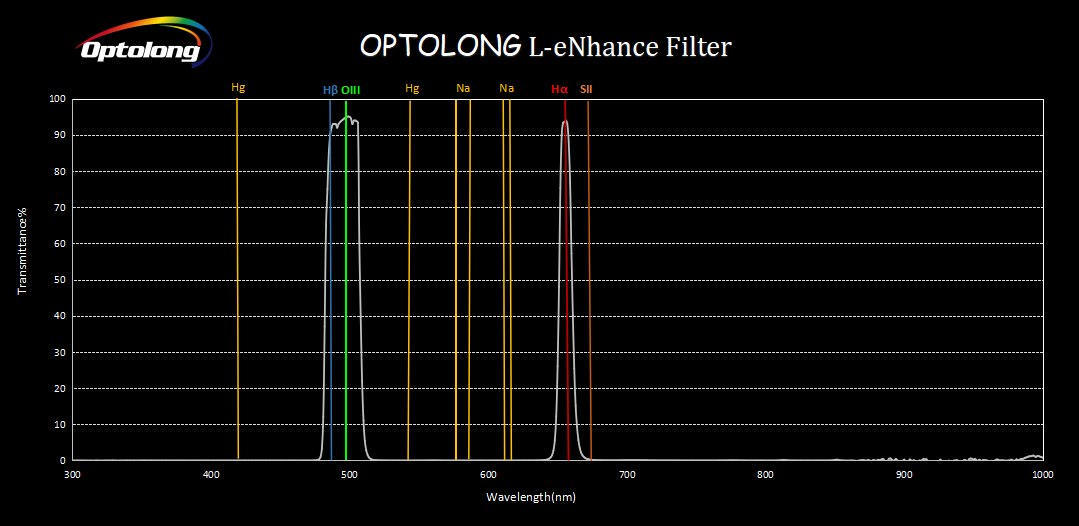
How to read the chart?
▲The horizontal axis is the Wavelength in Nanometers(nm).
▲The vertical axis is transmission in %.
▲The RED line shows the line of Halph. Green line shows the emmission of H-Beta and OIII. The artifical emission lines are shown in ORANGE.

3. Coating Technology
·Multi-layers anti-reflection coating
·Non-cementing optical substrate coating
·Optolong L-Pro filter adopts precision coating based on Ion-assisted deposition coating technology for durability and resistance to scratching, as well as stability on CWL(central wavelength) no deviation affected by temperature change.
·Planetary rotation system offers precision and homogeneity of coatings ensuring high value on transmission of pass-band and Optical density of off-band.
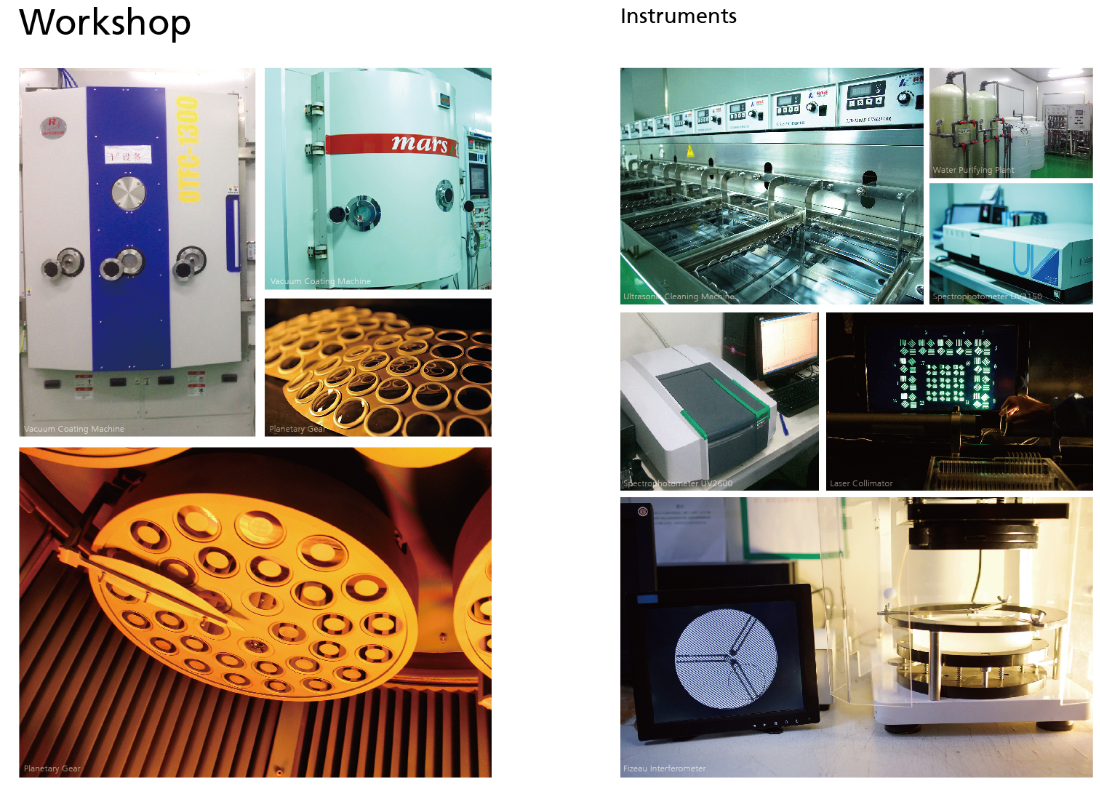
4. Gloable Price
| L-eNhance filter MAP | Unit Price in USD dollars |
| EOS-C | $259.00 |
5. Packing
Outer Box: silve box
Plastic Box: PP material
Lining: imported high pressure white EVA material
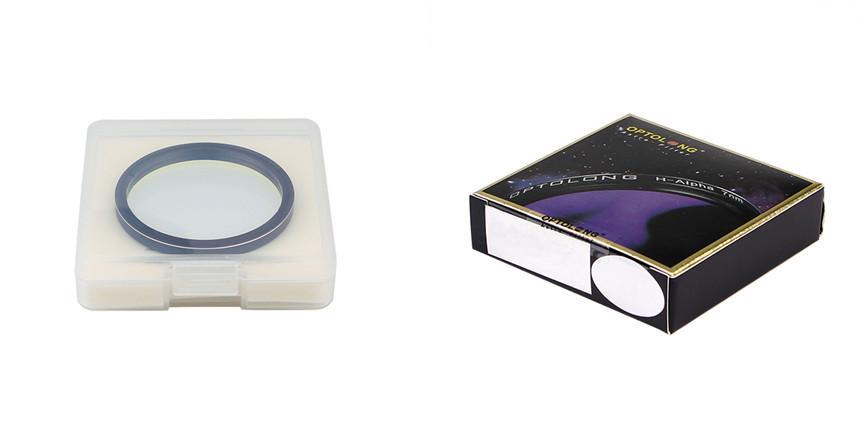
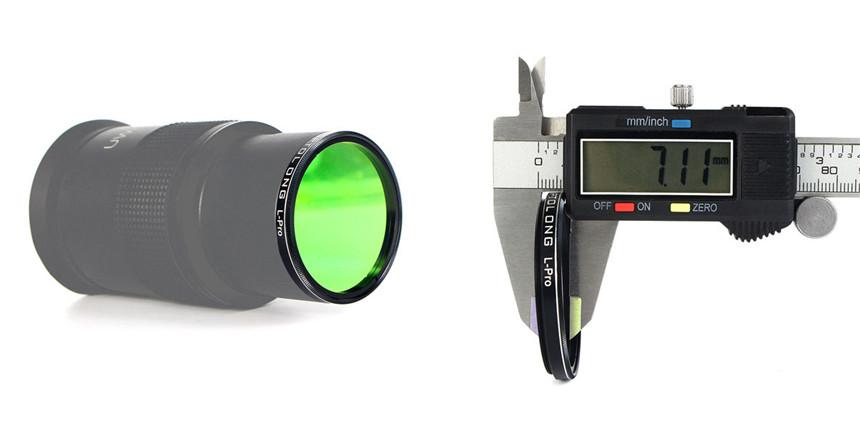
6. L-eNhance Performance
I. Heart and Soul Nebulae, Wide Field © Astrodoc Ron Brecher , this image was published on Sky & Telescope in May 2020.
Heart and Soul Nebulae, Wide Field
Tekkies:
Takahashi FSQ-106 ED IV @ f/3.6,
QHY367C one-shot colour camera, and Optolong L-eNhance narrowband filter,
Paramount MX, unguided.
Acquisition, and focusing with TheSkyX.
Focus with Optec DirectSync focus motor and controller.
Automation with CCDCommander.
Equipment control with PrimaLuce Labs Eagle 3 Pro computer.
All pre-processing and processing in PixInsight.
Acquired from my SkyShed in Guelph.
No moon, average to above average transparency and fair to average seeing.
122x10m with Optolong L-eNhance filter (Total = 20hr20m)
II. NGC2264 © Tommaso Massimo Stella (Italy)
NGC 2264 is a star formation complex which includes the open cluster "Christmas tree" and the "Cone" nebula
(on the left in the image). It is located in the Monoceros constellation about 2700 light years from our solar system and can be observed with the naked eye or with good binoculars.
Near the S-Monocerotis system (the bright star in the center of the image) we find the "Fox Fur Nebula" nebula, named in this way because of the obvious resemblance to the cute elongated muzzle.
This region is part of the larger molecular nebulous complex of Monoceros OB1 which extends into the sky for
about 5°.
Technical data
Lights: 189x300s @ 250 Gain (-15°C), 51 Dark, 63 Flat
Telescope: TS PhotoLine FPL53 Triplet 102 @ f/7
Camera: ZWO ASI 294mc Pro
Mount: Skywatcher AZ-EQ6 GT
Autoguide: ASI 224mc & Ultraguide 60
Filters: Optolong L-Enhance
Processing: DeepSkyStacker, Photoshop CC, PixInsight, AstraImage Plus
III. The Flaming Star (IC 405) © Tommaso Massimo Stella (Italy)
The Flaming Star (IC 405) is an emission and reflection nebula identifiable in the constellation of Auriga
about 1,500 light years away from our solar system. The central star AE Aurigae, presumably "escaped" from the Orion
constellation 2.7 million years ago, it ionizes the gases of the nebula giving the characteristic reddish color.
The light of AE Aurigae (blue) is reflected on the dark dust producing the bluish areas that are seen in the center
image.
Shooting taken on February 15th and 16th 2020 in Maruggio (TARANTO-Italy) 10m a.s.l.
This image is dedicated to my daughter Laura.
Technical data
Lights: 112x300s @ 250 Gain (-15°C), 51 Dark, 84 Flat
Telescope: TS PhotoLine Apochromatic FPL53 Triplet 102 @ f/5.53
Camera: ZWO ASI 294mc Pro
Mount: Skywatcher AZ-EQ6 GT
Autoguide: ASI 224mc & Ultraguide 60
Filters: Optolong L-Enhance
Processing: DeepSkyStacker, Photoshop CC, PixInsight, AstraImage Plus
IV. The Tadpole Nebula (IC 410) © Tommaso Massimo Stella (Italy)
The Tadpole Nebula (IC 410) can be identified in the southern part of the constellation of Auriga through the observation of the open star cluster (NGC 1893) around which the extensive region H II is visible in the image in various shades of red.
The main feature of this splendid formation are the two tadpole-like gas filaments that we can admire on the edge of
the bluish cavity that surrounds the star cluster.
Their extension is calculated in about 10 light years while the distance of the whole complex from our system solar is about 12400 light years.
Shooting taken on February 20th and 21th 2020 in Maruggio (TARANTO-Italy) 10m a.s.l.
Technical data
Lights: 98x300s @ 250 Gain (-15°C), 51 Dark, 42 Flat
Telescope: TS PhotoLine Apochromatic FPL53 Triplet 102 @ f/5.53
Camera: ZWO ASI 294mc Pro
Mount: Skywatcher AZ-EQ6 GT
Autoguide: ASI 224mc & Ultraguide 60
Filters: Optolong L-Enhance
Processing: DeepSkyStacker, Photoshop CC, PixInsight, AstraImage Plus
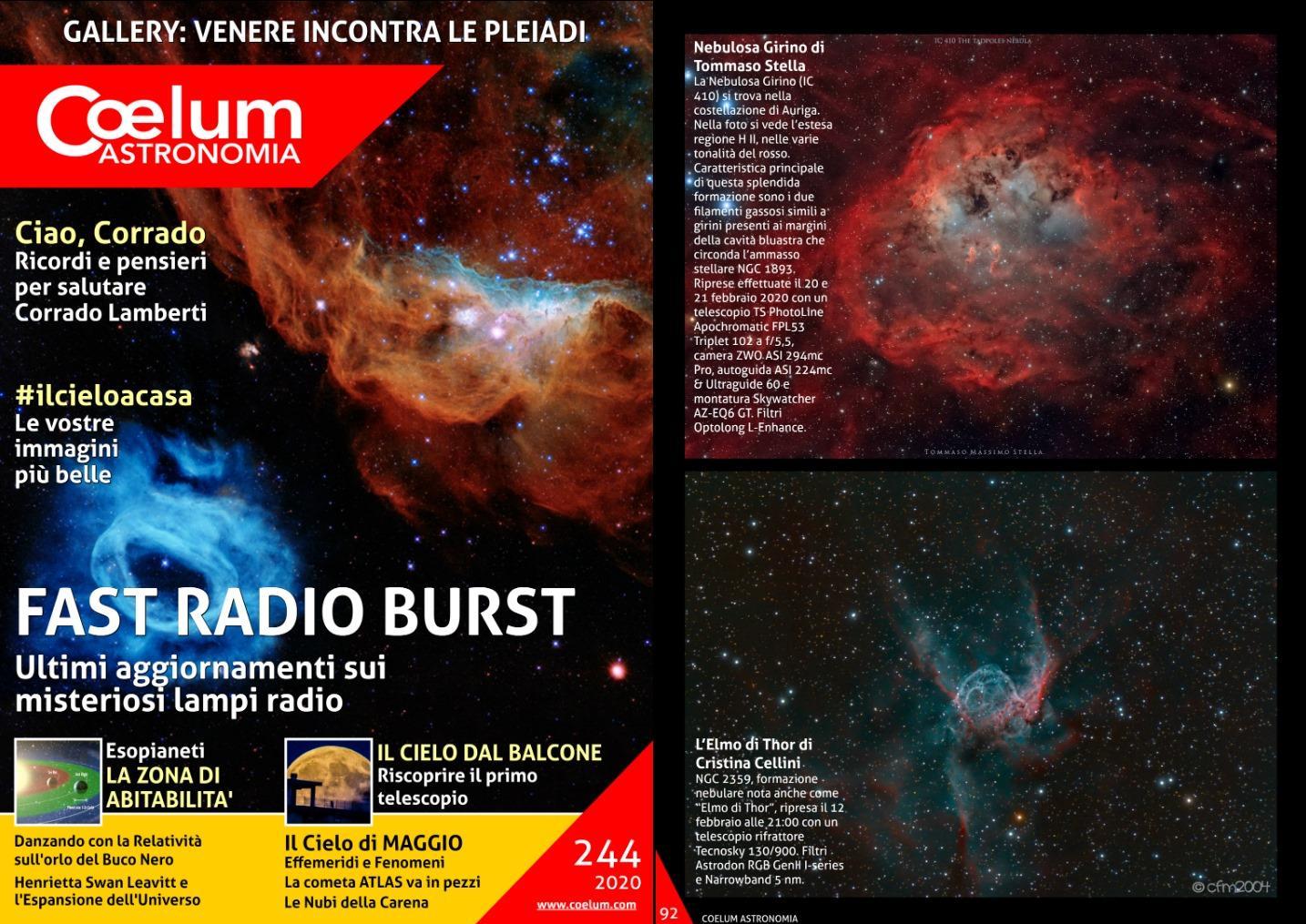
V. IC 410 in Auriga © José Jiménez (Spain)
Equipment used :
Canon 6D mod - TS Imaging Star71 - WO SpaceCat 51
RGB 25 x 600" ISO 3200 - Optolong L-eNhance filter
12 x900" ISO 3200 - Optolong H-Alpha filter
12 x900" ISO 3200 - Optolong SII filter
12 x900" ISO 3200 - Optolong OIII filter
Sky Watcher EQ6 Mount
Guide camera QHY5
Flats, Darks & Bias
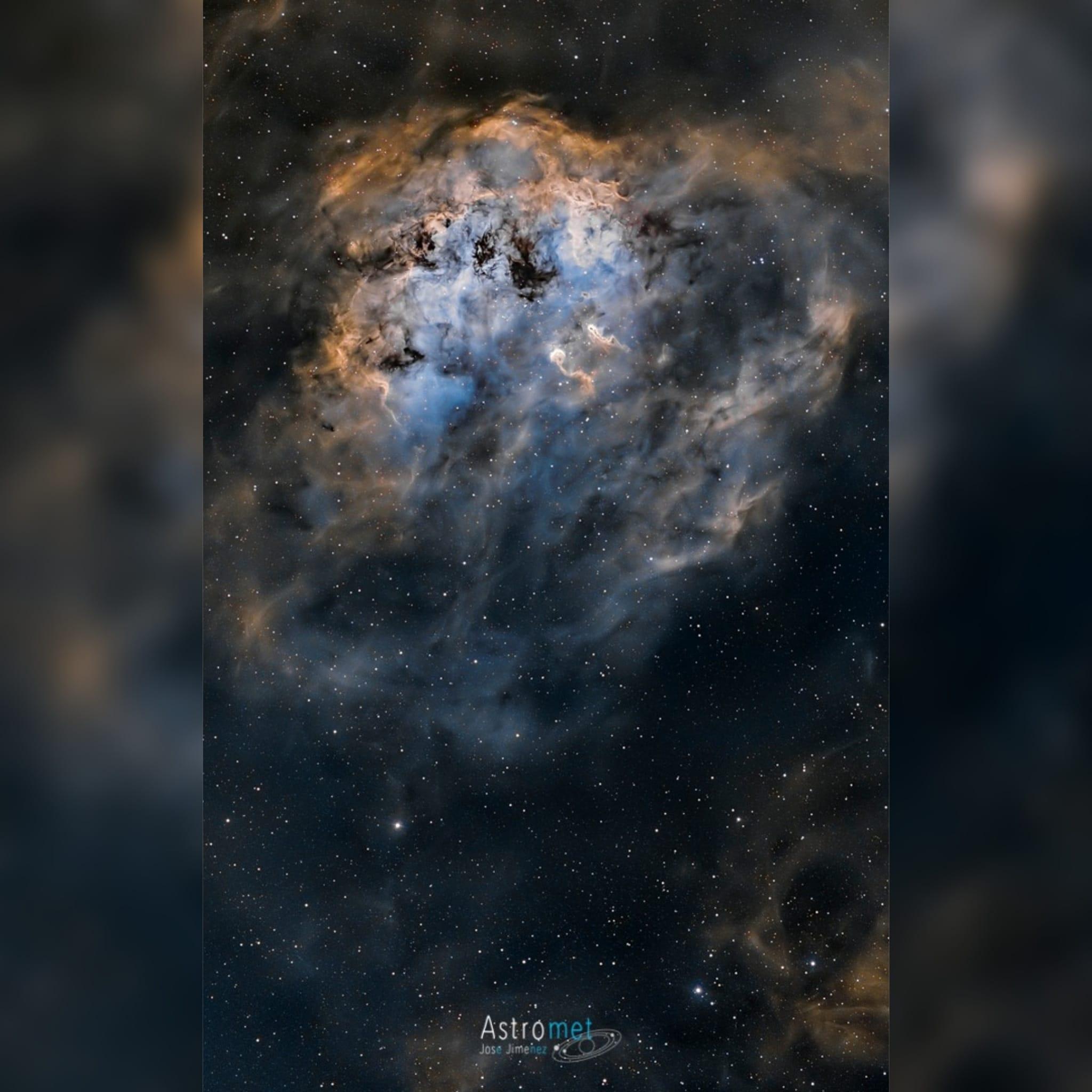
Warm prompt
●About color: due to the influence of ambient light, color difference of the display and flash photography, the color of the product may have some color difference. Detailed color is in accordana with the final product.
●About coating: the interference filter will show different colors under different light, which is a normal phenomenon. Please refer to the material object.
●About the style: in order to improve the product, the change of design/appearance/parameters has not been updated in time. Please see the subject produce.
●About the description: the series of this product have the same material, technology and design, different sizes only, please note.
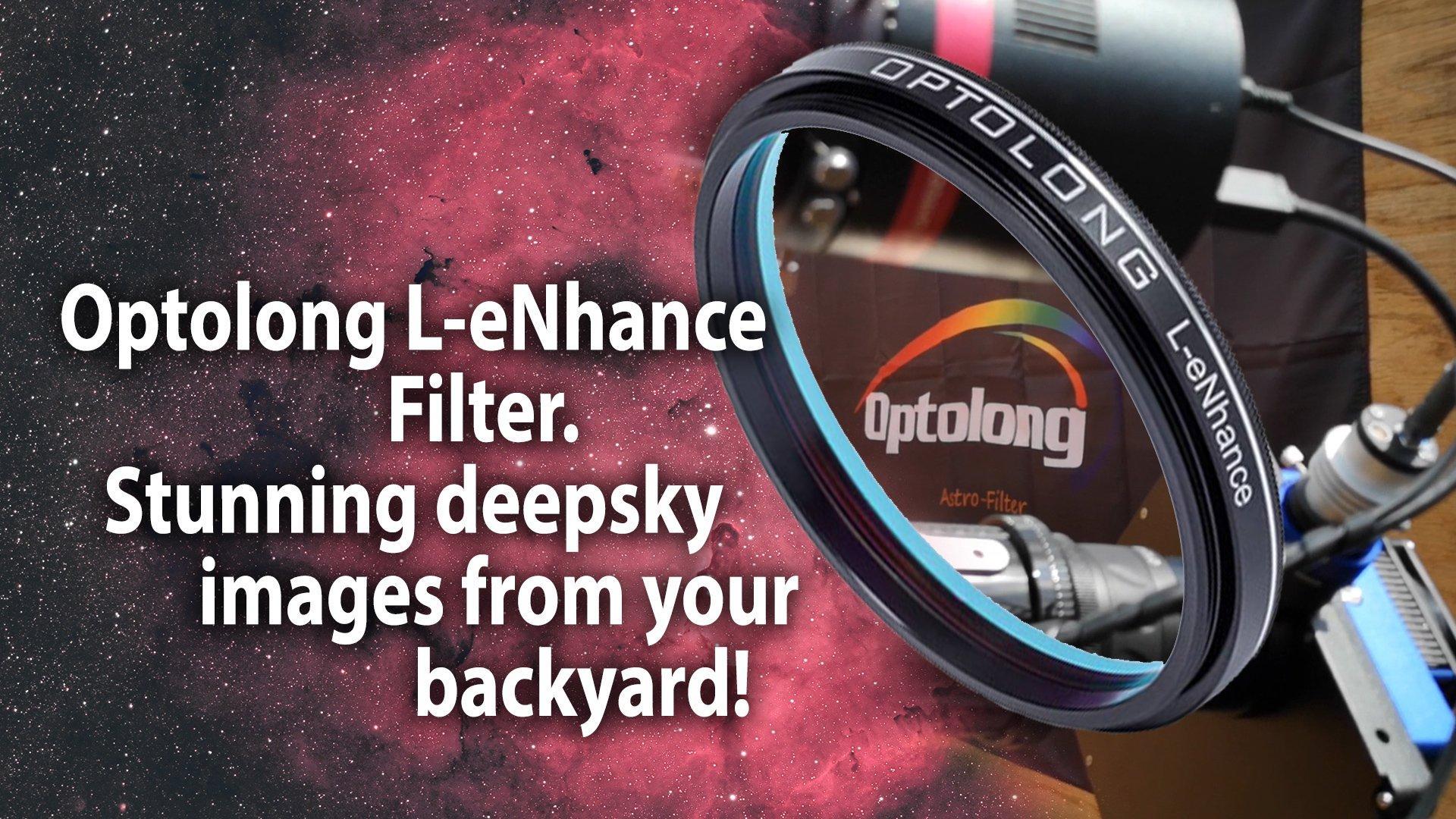
L-eNhance EOS-C is compatible with below camera body:
Canon Digital Rebel XS, Canon Digital Rebel XSi, Canon EOS 1000D, Canon EOS 500D, Canon EOS Kiss F, Canon EOS Kiss X2, Canon EOS Kiss X3, Canon EOS Rebel T1i
Canon EOS 60D + 60Da, Canon EOS 7D, Canon EOS 70D,
Canon EOS 50D, Canon EOS 650D, Canon EOS 600D, Canon EOS 550D
Canon EOS 700D, Canon EOS 1100D, Canon EOS 1200D, Canon EOS 40D, Canon EOS 30D, Canon EOS 20D, Canon EOS 10D, Canon EOS D60, Canon EOS D30

